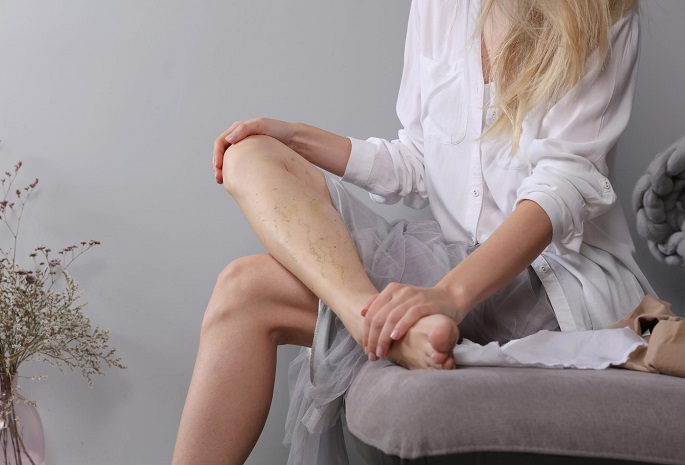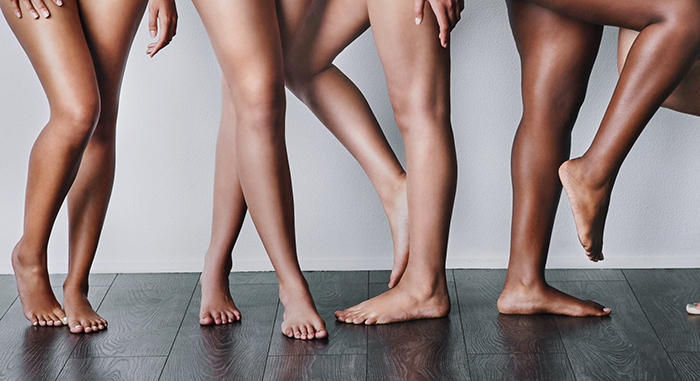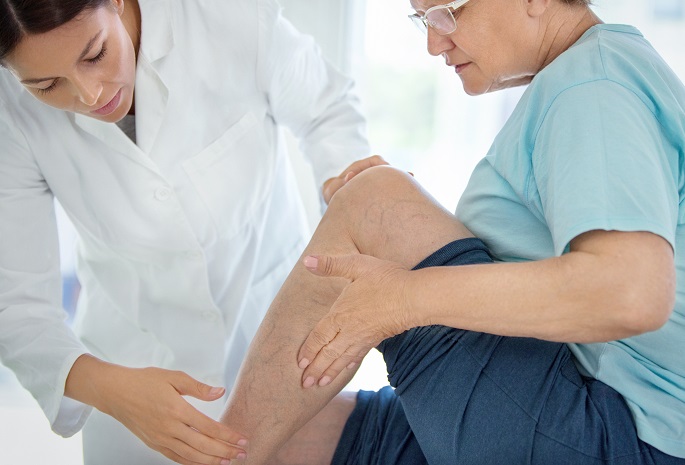Though spider veins and varicose veins are both classified as vein disorders, there are some distinct differences between them.
What Do They Look Like?
Spider veins are small, wispy, web-like veins on the skin surface, usually less than one millimeter in diameter. They may be purple or red and often appear in clusters or nests, which may look like a bruise.
Varicose veins are larger veins, which often have a blue color and generally bulge under the skin. Both types of veins are visible and one of the primary treatment goals is an improvement in cosmetic appearance.
What Causes Spider Veins and Varicose Veins?
Spider veins are usually inherited. Obesity, female hormones and prolonged sitting or standing are also contributing factors.
Varicose veins are most often a result of valves that function incorrectly. Normal valves allow blood to flow in only one direction—out of the leg and towards the heart. Faulty valves allow blood to flow backward into the leg, increasing pressure in the veins. This increased pressure dilates and elongates the vein, causing it to protrude and appear curved or twisted.




